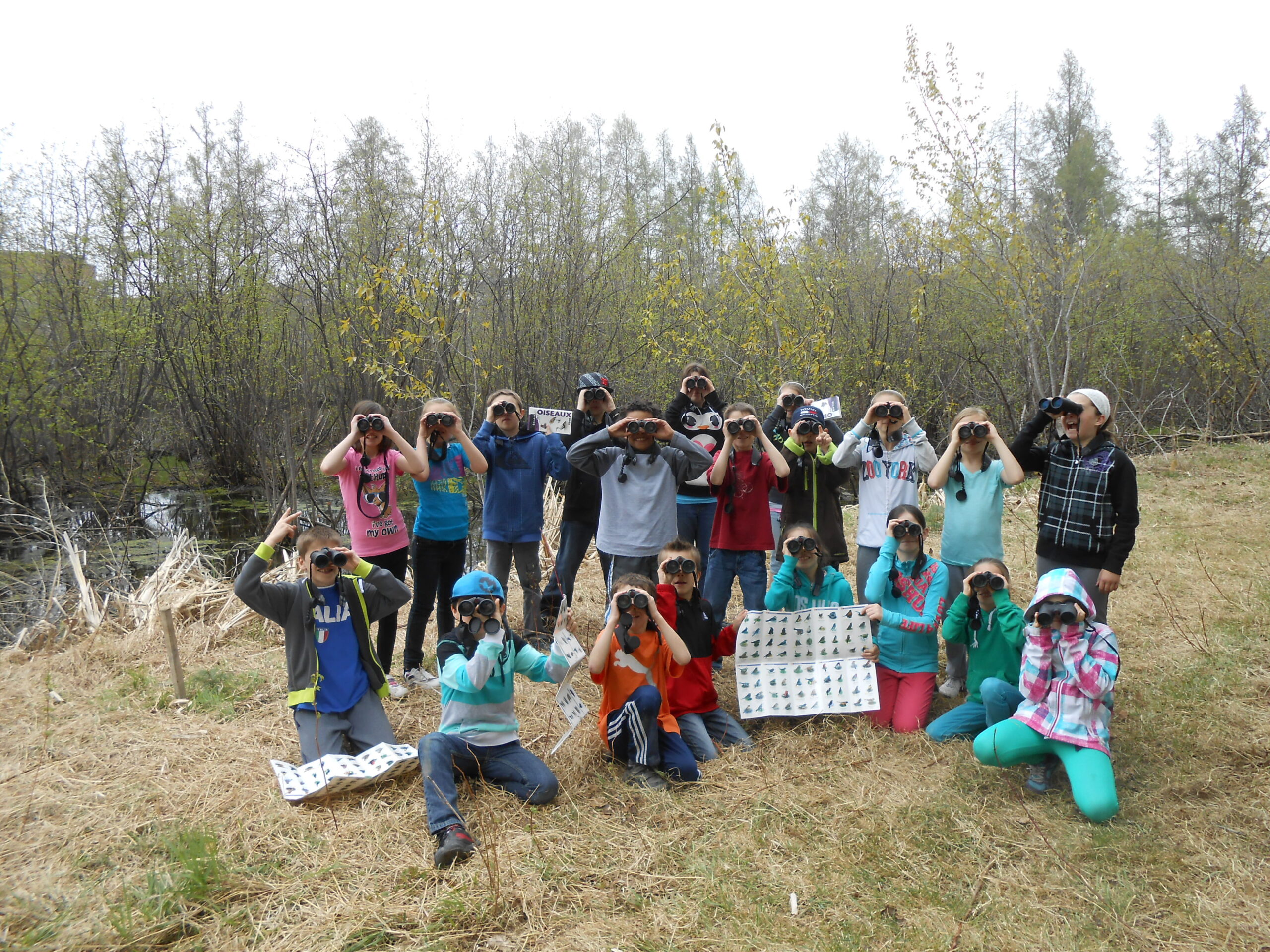Create an Action Plan for Wildlife
Whether you’re ready to roll up your sleeves to create habitat or want to understand your schoolyard’s potential to support wildlife, begin your school’s journey by creating an action plan with your students.

Whether you’re ready to roll up your sleeves to create habitat or want to understand your schoolyard’s potential to support wildlife, begin your school’s journey by creating an action plan with your students.
Educators are recognizing the need for students to foster a caring relationship with nature. Children are the future caretakers of our planet, and it is crucial that we inspire a lifelong interest in and respect for the natural world they are inheriting.
By creating a schoolyard action plan for wildlife with WWF-Canada, your students will explore the existing habitat around them and identify ways to improve it using native plants that support wildlife and fight biodiversity loss (and climate change!).
Our action plan resources provide a template and series of steps that educators can follow to help students imagine what ecological restoration can look like for their schoolyard. You can develop a single action plan as a classroom or ask each student to create their own proposal. Students will discover there are many ways to build or enhance habitat at home or school. Whether your school brings the action plan to life or simply uses it as a learning exercise, each student will form a better understanding of the role they can have in helping nature to thrive.
Why create an action plan for your school? Restoration takes time and can involve many steps. An action plan helps you break down a project into actionable steps that feel achievable: learn about your space and what it needs, assess what materials and resources you have, and create one or several possible courses of action. Not only is your action plan a place to collect your research, organize your ideas and build your case for more environmental stewardship at school, your action plan creates a roadmap for how your school can help fight biodiversity loss and climate change.
Classrooms can follow an easy three-stage process:
Get to know your space: Learn about the local ecosystem your schoolyard is a part of, its history, plant and wildlife biodiversity, and what it needs to thrive. This includes:
Select your habitat type: Using the toolkit’s habitat calculator, your findings from getting to know your space will help you narrow in on your schoolyard’s area type and what types of restoration projects are best suited for it.
Build out your idea! Chart a path to creating this space for wildlife in your schoolyard, including what you will plant, where you will put it, when you will plant and who will help. Identify:
Next steps (optional): Bring your action plan to life! Present your plan to other members of the school community to raise awareness or garner support. If it’s not the right time to implement the plan, revisit it to understand if it can be adapted or approached in smaller steps. No matter what your next steps look like, taking the initiative to create an action plan is an important exercise supporting student learning about local biodiversity, endangered species and climate change.


Help protect threatened species and their habitats.